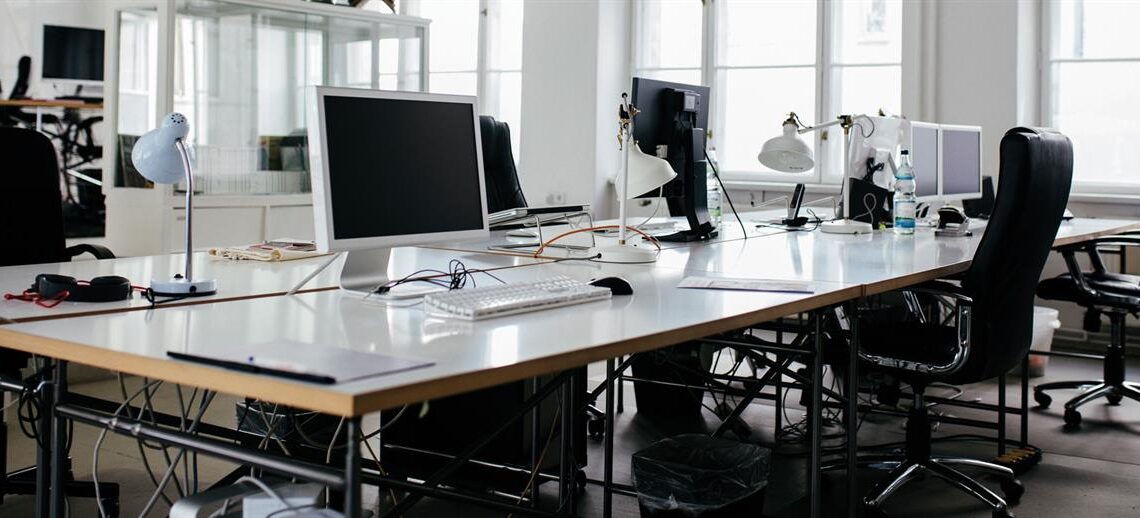Walk into any contemporary corporate office and you’ll likely encounter a surprising phenomenon – rows of pristine workstations sitting unused, communal areas eerily quiet, and entire floors operating at half-capacity. This 2,500-word investigation reveals the complex factors behind the “empty office paradox,” examining how hybrid work policies, space redesigns, and changing employee expectations have transformed the physical workplace into something resembling a corporate ghost town.
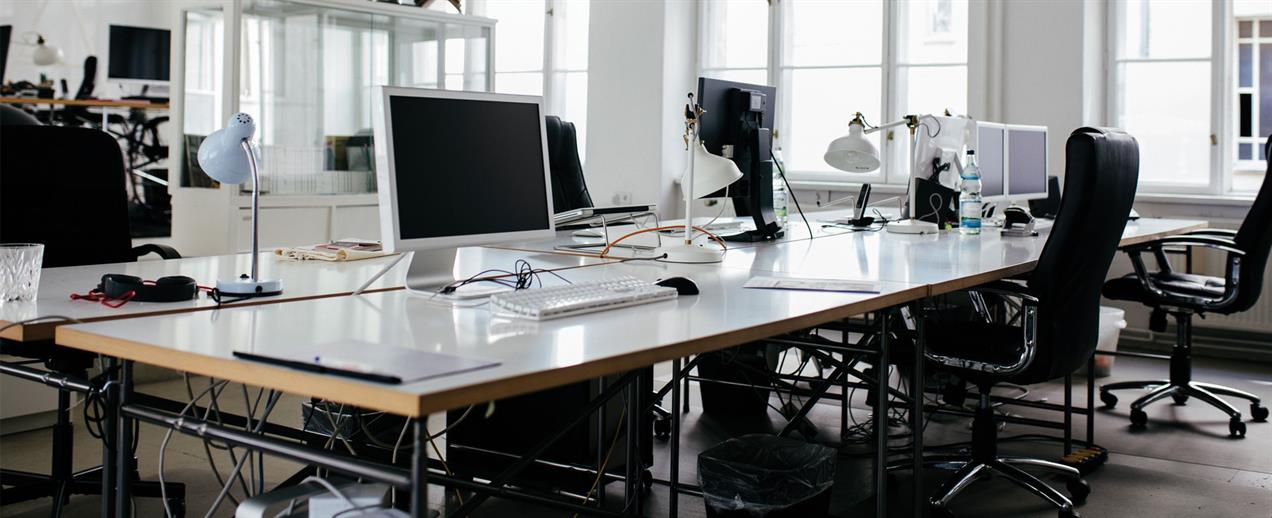 A. The Numbers Behind Empty Offices
A. The Numbers Behind Empty Offices
-
Shocking Occupancy Statistics
-
Average office utilization: 42% (down from 95% pre-pandemic)
-
Peak midweek occupancy barely reaches 60%
-
30% of companies have downsized physical spaces
-
-
Global Variations
-
Asia: 65% occupancy rates
-
Europe: 48% occupancy
-
North America: 38% occupancy
-
-
Industry-Specific Trends
-
Tech sector: 35% utilization
-
Financial services: 55%
-
Creative fields: 28%
-
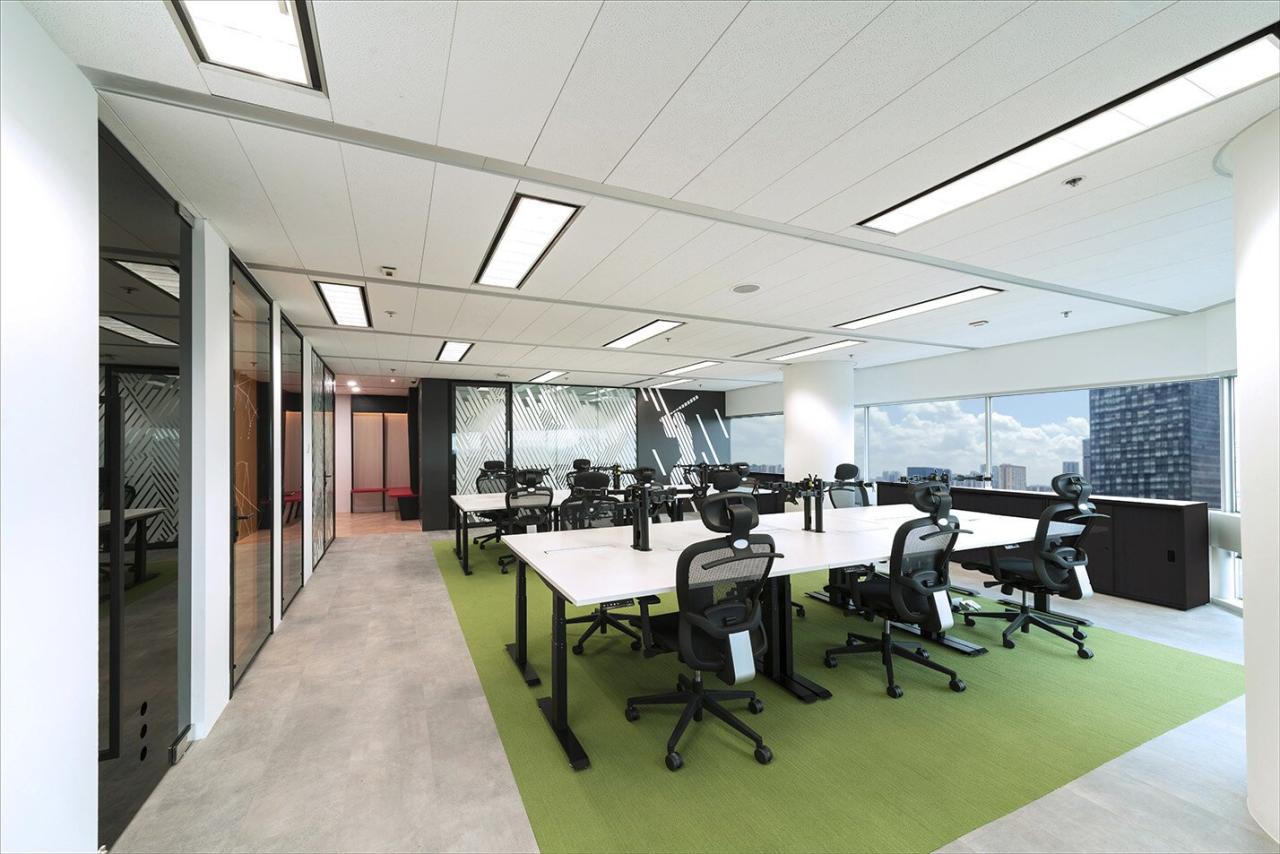 B. 5 Key Reasons Offices Stay Empty
B. 5 Key Reasons Offices Stay Empty
1. Hybrid Work Schedules
-
3-2-2 model (3 office, 2 home, 2 off) dominance
-
Team alignment days only
-
No-show Fridays phenomenon
2. Space Redesign Failures
-
Overestimating collaboration needs
-
Poorly planned hot-desking
-
Acoustics issues in open plans
3. The Commute Calculus
-
78-minute average roundtrip deemed unacceptable
-
Parking/transportation costs
-
Productivity loss concerns
4. Technology Enablers
-
Cloud-based workflow tools
-
VR meeting alternatives
-
Async communication adoption
5. Cultural Shifts
-
Results-over-presence mentality
-
Work-life integration preference
-
Managerial distrust issues
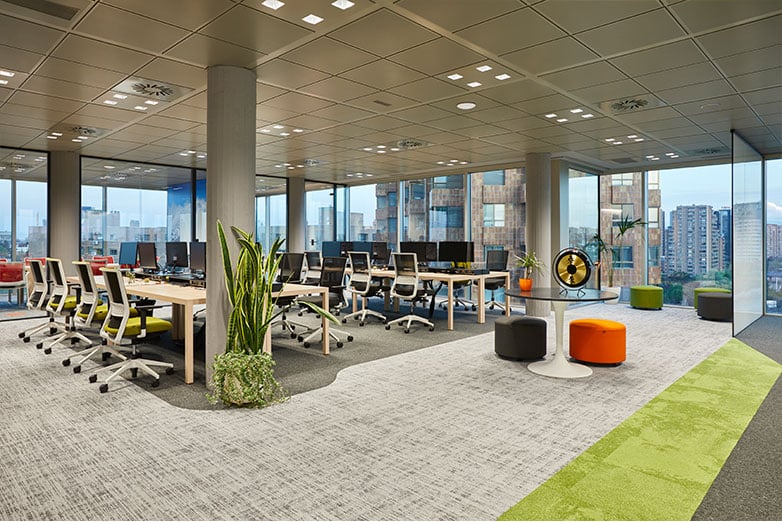 C. The Hidden Costs of Empty Offices
C. The Hidden Costs of Empty Offices
-
Financial Impacts
-
$30,000 annual waste per unused workstation
-
Maintenance of underutilized facilities
-
Long-term lease dilemmas
-
-
Employee Experience
-
Loneliness in sparse environments
-
Difficulty collaborating
-
Erosion of company culture
-
-
Urban Consequences
-
Downtown business declines
-
Commercial real estate crashes
-
Public transit revenue drops
-
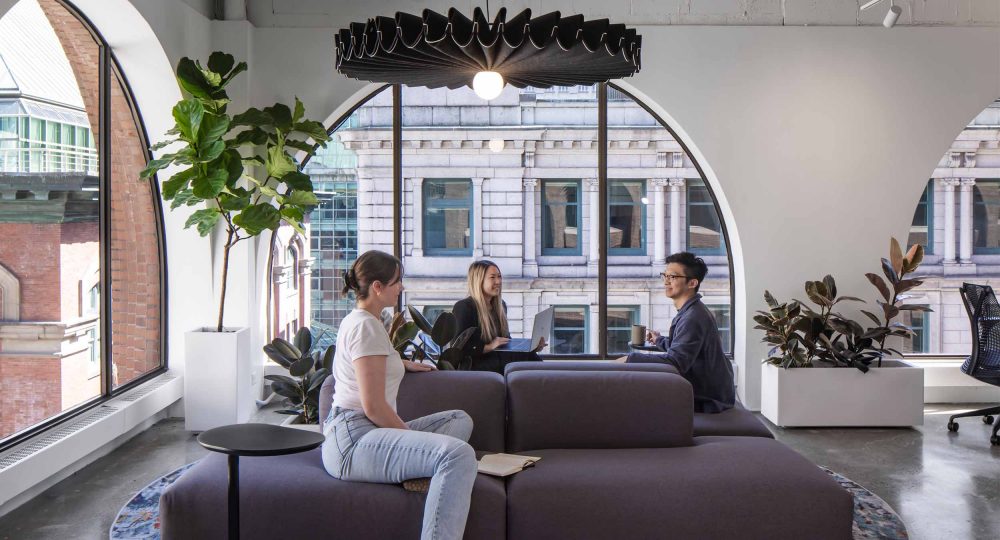 D. Innovative Office Revival Strategies
D. Innovative Office Revival Strategies
1. Activity-Based Working
-
Purpose-designed zones
-
Reservable specialty spaces
-
Hoteling systems
2. Experiential Lures
-
On-site childcare
-
Chef-prepared meals
-
Wellness amenities
3. Tech-Enhanced Spaces
-
Desk booking apps
-
Occupancy sensors
-
Wayfinding systems
4. Carrot vs Stick Approaches
-
Commuter benefits
-
Social capital incentives
-
Performance-based requirements
E. Future of the Physical Workplace
-
Space Reductions
-
40% smaller footprints
-
Co-working partnerships
-
Hub-and-spoke models
-
-
New Office Purposes
-
Culture-building centers
-
Client experience venues
-
Training campuses
-
-
Radical Redesigns
-
Transformable furniture
-
Outdoor workspaces
-
Residential hybrids
-
Conclusion
The empty office phenomenon represents more than just unused real estate – it’s a fundamental reimagining of work’s physical dimension. As organizations navigate this transition, the most successful will create spaces that employees choose to visit for meaningful collaboration and cultural connection, not because they’re mandated to fill seats. The office of the future may be smaller and used differently, but its value as a human connector will remain irreplaceable.
Tags: empty offices, hybrid work, workplace trends, office design, future of work, corporate real estate, work from home, employee experience, workplace strategy, office utilization

